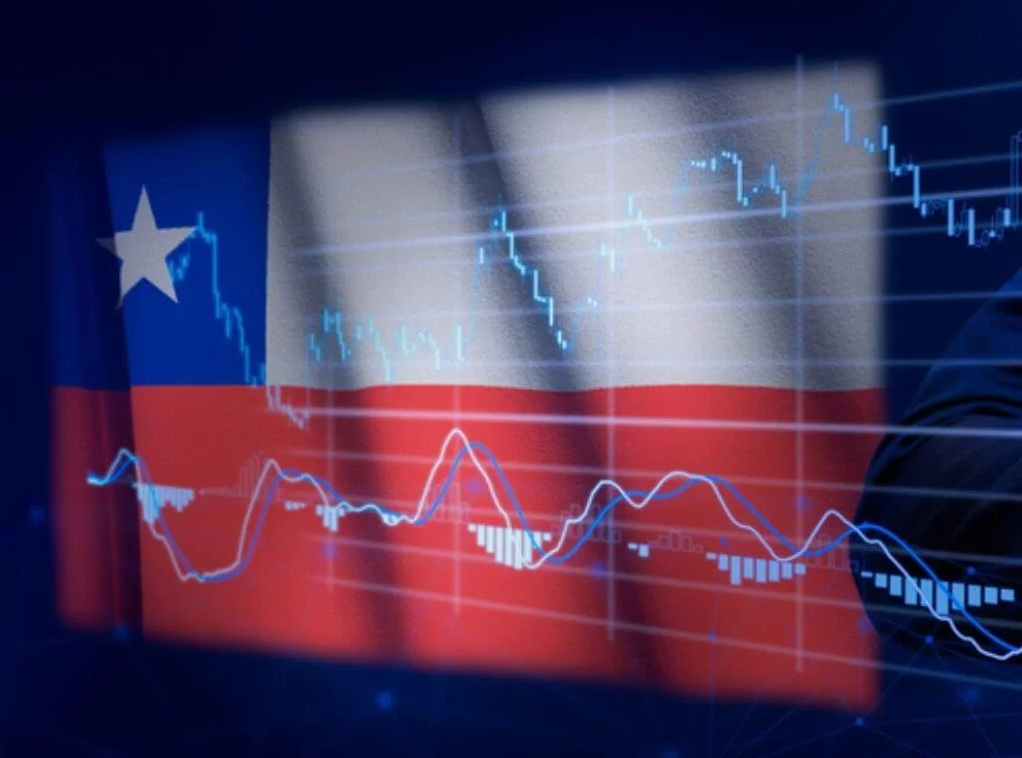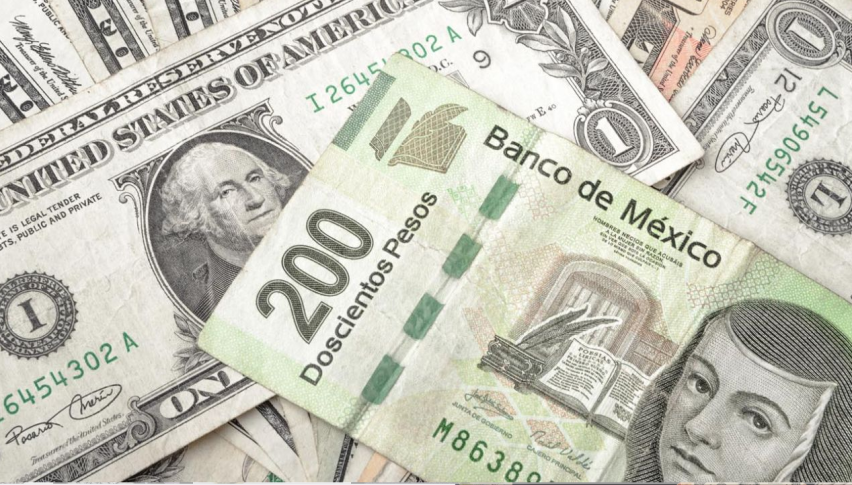Chilean Central Bank upgraded its growth projection for the year to 3% and anticipates inflation of 3.8%.
Looking ahead to the next two years, the bank reaffirms that inflation will converge to the 3% target.

This signals an improved outlook for economic expansion and suggests expectations of higher consumer prices. The Central Bank’s revised forecasts reflect adjustments in economic conditions and provide valuable insights.

More growth, but also more inflation. This summarizes the main themes of the Monetary Policy Report (IPoM) released by the Central Bank this Wednesday regarding the outlook for the economy this year.
In the March IPoM, the central bank now forecasts a Gross Domestic Product (GDP) expansion between 2% and 3% for this year, contrasting with the range of 1.25% to 2.25% projected in December, while for both 2025 and 2026, a range of between 1.5% and 2.5% is projected, with activity converging to its potential growth rate.
“Much of the revision for this year is explained by the acceleration of activity in the first quarter,” highlighted the report.
In this context, private consumption will have similar improvement rates as those considered in December, explains the bank.
At the same time, it is estimated that household spending will gradually increase, with financial conditions becoming more favorable, and with a rebound in real wage income due to increases in real wages and employment.
However, gross fixed capital formation will contract again in 2024 (-2%), due to a higher comparison base, its evolution in 2023, and weak fundamentals.
In this scenario, the IPoM estimates that the current account deficit will be close to 3.5% during 2024-2026.
Along with the higher growth, the IPoM revises upward its inflation outlook for December of this year compared to previous forecasts: it is calculated that the annual variation of total and core inflation will reach 3.8%. This number is above the 2.9% and 3.2% estimates in December respectively.
“This adjustment is influenced by the depreciation of the exchange rate, the deterioration of global cost factors in recent months ─including oil prices─ and the higher inflation at the beginning of the year,” the report indicates.
Looking ahead to the next two years, the bank reaffirms that inflation will converge to the 3% target, considering an economy that will grow at expansion rates consistent with its trend and a gradual decrease in the real exchange rate (RER) along with the transitory nature of external factors, such as the increase in some international prices.
- Check out our free forex signals
- Follow the top economic events on FX Leaders economic calendar
- Trade better, discover more Forex Trading Strategies
- Open a FREE Trading Account


